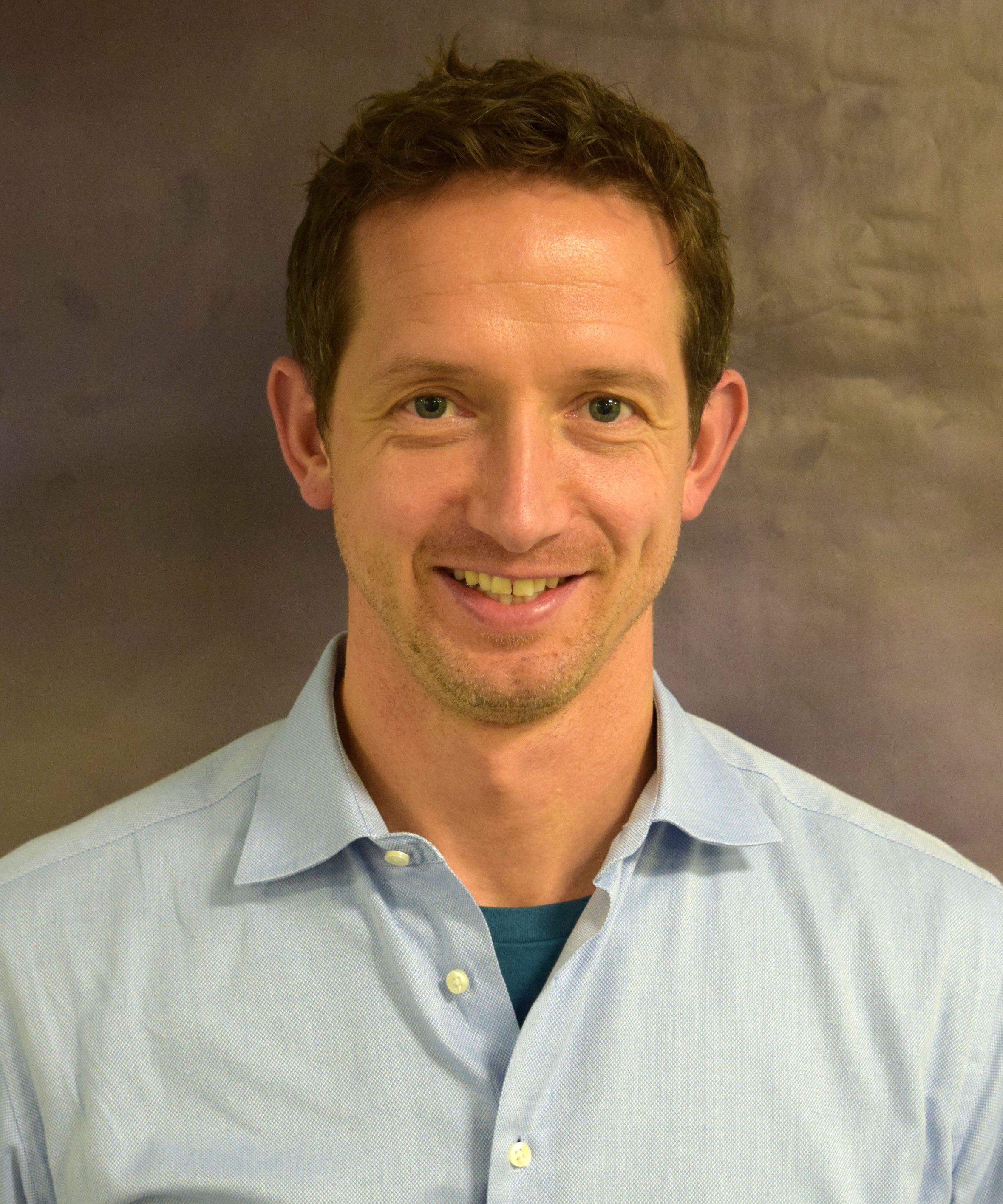Article
Primary care is key for containing the next wave in HIV infections
Author(s):
Primary care may hold the key when it comes to early surveillance and treatment of new HIV infections.
Primary care is the next frontier when it comes to managing HIV care.
Sebastian Ruhs, MD, PhD, director of Chase Brexton Health Care’s Infectious Diseases Center of Excellence in Baltimore, Maryland, said he is witnessing an uptick in HIV cases among young, healthy adults, and said primary care-not specialty practices-is the place these patients will turn for advice, testing and treatment.
“There is a big movement to get primary care more and more integrated into the care of HIV-positive patients, but also in the preventive aspect and diagnosing more cases,” Ruhs told Medical Economics.

Sebastian Ruhs, MD
Although the Centers for Disease Control and Prevention (CDC) recommends annual screening for high-risk individuals, many HIV diagnoses are delayed because they don’t seek HIV-specific care or have healthcare provider who takes note of their high-risk behaviors, said Ruhs.
“Testing people who are at risk on a regular basis is important,” he said. “Everyone with HIV who is walking around with a high viral load is at high risk for infecting other people.”
Ruhs said there are 1.1 million new cases of HIV living in the United States, and of those, roughly 150,000 don’t know it. High-risk individuals include men who have sex with men (MSM), individuals with multiple sexual partners regardless of orientation and intravenous drug users.
There is a push to help infected individuals understand their role in preventing further transmission of the virus, Ruhs added, and there is a new worldwide U=U campaign to spread the message. “U=U” stands for “undetectable means untrasmittable.” The campaign centers on educating HIV-positive individuals that they are not contagious with an undetectable viral load.
“We know now that someone who is HIV positive, on medications and undetectable is considered noncontagious,” Ruhs said.
The campaign targets both HIV positive and negative individuals with the goal of decreasing stigmas and raising awareness for compliance with medical regimens.
“In most areas, the total amount of new cases in HIV have been stagnating or slightly going down,” Ruhs said, adding that there have been improvements with outreach. In some pockets of the population, however, this is still not the case.
Next: The need for primary care
‘We need primary care for these patients’
HIV/AIDS has seen a resurgence among Baltimore youth, with new infections among 13- to 29-year-olds increasing from 14% in 2000 to 39% in 2015. These new infections occur in high-risk groups including young MSMs and ethnic minorities.
“Those are the ones we need to focus on in the next couple of years,” Ruhs said, with the caveat that these are not the types of individuals he can usually reach in the specialty care center. “We need primary care for these patients. Those are otherwise young and healthy adults who don’t seek care in specialty centers. Often these primary care providers are the only ones who have medical contact with them and can offer HIV testing.”
Intravenous drug users are another “major concern,” Ruhs said, but the most recent data from local health departments and the CDC are not yet reflecting an increase in infections in this population.
“It is on the radar,” Ruhs said. “I’m afraid that these campaigns (about HIV and IV drug use) aren’t going to kick in until we see a drastic increase in new infections in IV drug users.”
Again, it falls back to primary care physicians to catch these high-risk individuals early, he said.
“The bottom line to primary care physicians is that HIV is very well-treatable disease now that can be managed in the primary care setting or together with an infectious disease provider. With the advantages that we have made, we all need to work together to continue to teach and educate the community to provide regular testing and to offer prep so that we can continue to see this decline in new infections.”
Ruhs said he is also working to spread education about pre-exposure prophylaxis (PrEP), which is 99% effective in preventing the transmission of HIV.
“PrEP is something that has not found its full entry in the primary care community yet,” Ruhs said, adding that he has been trying to educate primary care physicians about PrEP and get them more comfortable with prescribing it. Available as a once daily pill, the preventive is useful in individuals with multiple sexual partners and IV drug users.
He is trying to educate PCPs about this option and to help them become more comfortable prescribing.
“Knowing we are maybe at the beginning of a new wave of infection, primary care physicians need to educate themselves more about PrEP and becoming more comfortable asking these questions to high risk patients,” Ruhs said.





